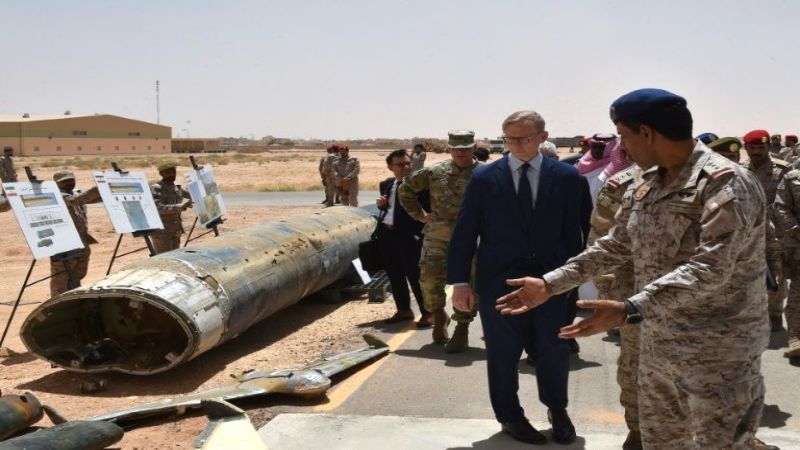
Local Editor
From ballistic missiles to unmanned drones, Yemen's Houthi revolutionaries appear to have bolstered their fighting capabilities, posing a serious threat to mighty neighbor Saudi Arabia.
In June alone, the Houthis launched at least 20 missile and drone attacks on the oil-rich kingdom, Iran's regional foe, some resulting in casualties and damage.
Saudi advanced air defences allegedly intercepted most of the strikes but failed to deal with some, including a drone attack on the vital airport of Abha, in the south, that killed one person and injured 21 others.
"We have witnessed a massive increase in capability on the side of the Houthis in recent years, particularly relating to ballistic missiles and drone technology," Andreas Kreig, a professor at King's College London, told AFP.
"The current capability is far more advanced than anything the Yemeni armed forces had before the civil war," which began in 2014, said Kreig, an expert on the Middle East.
The Houthis showed off some of their advanced weaponry at an exhibition held earlier this month at an undisclosed location to mark the fifth anniversary of their offensive against the resigned regime of former president Abd Rabbu Mansour Hadi.
Footage distributed by the Houthis showed models of at least 15 unmanned drones and various sizes of missiles of different ranges.
The newest of these weapons were long-range cruise missiles, dubbed "Al-Quds", and explosives-laden "Sammad 3" drones that can hit targets as far as 1,500 kilometers (932 miles) away.
On the sides of the Sammad 3, the phrase "Unmanned Aircraft Force" is printed, while the cruise missile is marked "Made in Yemen" on its giant body.
Since 2014, the Houthis have controlled the capital Sana’a and vast swathes of north, central and western Yemen.
Hadi loyalists with the backing of a Saudi-led coalition have been trying to retake these territories.
The conflict has killed or wounded tens of thousands of people and resulted in the world's worst humanitarian crisis, according to the United Nations.
Up until the end of 2018, the Houthis frequently used ballistic missiles they captured from Yemeni army depots to attack targets inside Saudi Arabia.
However, since the start of this year, they have shifted to Qasef 2 drones, a small booby-trapped aircraft that can evade radar detection but whose range is unknown.
The most serious attack took place on May 14 when Houthis used seven drones to target two pumping stations on Saudi Arabia's key east-west pipeline, shutting it down for several days.
"This is the first time the Houthis have demonstrated an apparent capability to hit a target 800 kilometers in Saudi territory with UAVs (drones)," Jane's 360, a defense and security think-tank, said in May.
"The attack on the pumping stations highlights the persisting risk of Houthis targeting of hydrocarbon infrastructure in Jeddah, Yanbu, and potentially cities such as Riyadh," said Jane's 360.
It said Saudi ports, military installations and airports were also at risk of further attacks.
OPEC kingpin Saudi Arabia spent some $65 billion on arms purchases last year, becoming one of the five biggest defence spenders alongside the United States, China, India and France, according to the Stockholm International Peace Research Institute.
The Houthis have repeatedly stressed their capability to manufacture arms and their leader Abdulmalek al-Houthi has said the development was "a miracle and a great result of steadfastness".
Source: News Agencies, Edited by Website Team